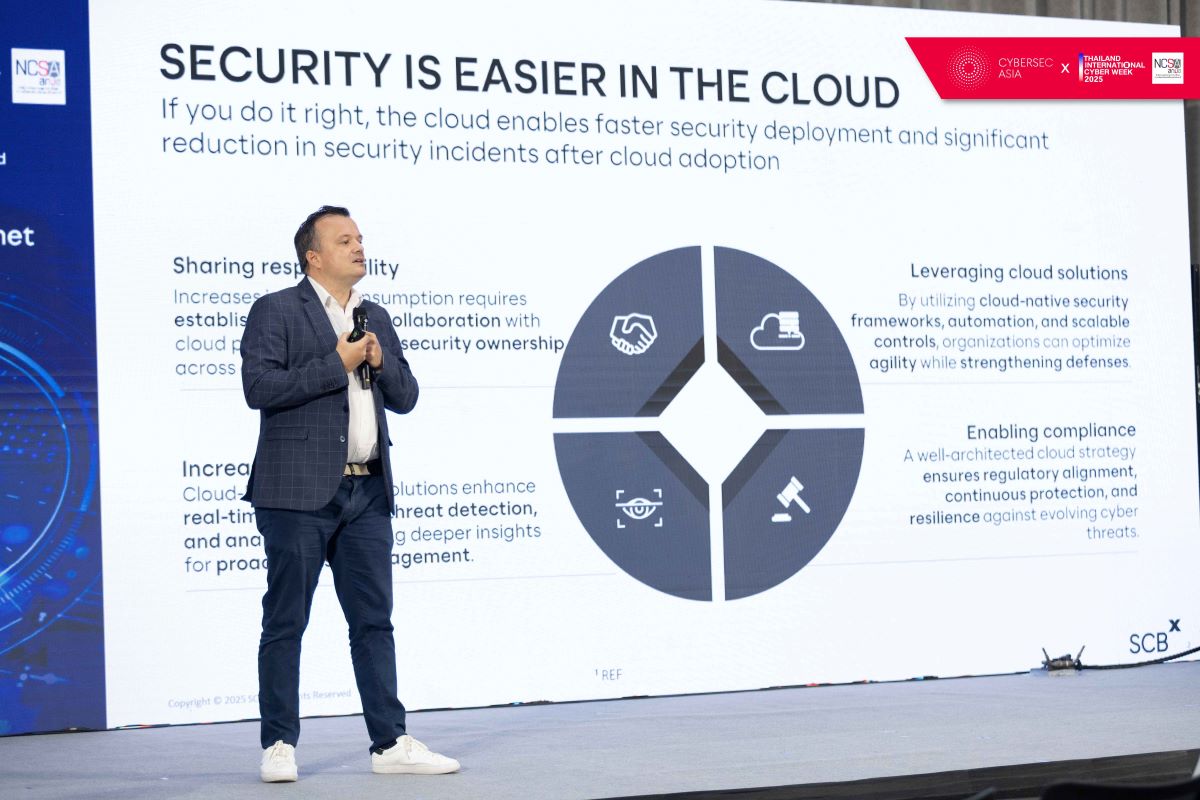Key Highlights
Market Dynamics:
- Though EV adoption growth rate is slowed down in 2023-24, Southeast Asia, with new entrants and policy support, has seen an uptick in recent years (e.g. Thailand reaching 12% sales penetration in some months).
- It is critical for OEMs to rethink their strategies, balancing BEV adoption with hybrid solutions and addressing consumer concerns like charging anxiety and total cost of ownership (TCO)
Southeast Asia’s Opportunity:
- The region’s natural resources, such as Indonesia’s nickel reserves, combined with growing EV adoption in markets like Thailand and Vietnam, make it a potential EV hub.
- Supply Chain Resilience: Addressing supply chain vulnerabilities through diversification and localized production is critical for long-term success.
Customer-Centric Innovation:
- Rapid product development cycles and differentiated product features will be essential to meet the evolving demands for both Southeast Asian and global consumers.
As the world accelerates toward a low-carbon future, the mobility sector is undergoing a profound transformation. This shift lies at the heart of the energy transition, where advancements in electric vehicles (EVs), battery technology, and infrastructure converge with the growing demand for sustainable solutions.
Southeast Asia can leverage its unique strengths in shaping the future of mobility. With the right mix of innovation, collaboration, and consumer focus, the region can lead the global transition to sustainable energy and transportation.
At the SCBX Reimagining Climate: EP3 Powering the Future: Energy Transition and Mobility event, held at SCBX Next Tech, Siam Paragon, Vishal Devarajan, Associate Partner SE Asian Leader of McKinsey Centre for Future Mobility, delivered a keynote titled “Future of Mobility in Southeast Asia,” that captured the essence of this transformation. He explored how the region’s unique strengths, from abundant natural resources to government-backed incentives, position it to lead the global mobility revolution and redefine the future of transportation.

“The secret sauce lies in listening to consumers, innovating rapidly, and building ecosystems that work. This is how we achieve a sustainable city, powered by the energy transition and mobility revolution,” said Vishal
Southeast Asia: A Rising Hub for the EV Battery Value Chain
Southeast Asia is rapidly positioning itself as a key player in the global EV battery value chain, leveraging its natural resources, supportive policies, and growing market demand. The region is poised to play a critical role in the global mobility revolution, with its electric vehicle (EV) market size to reach a $60 billion by 2030.
Thailand leads with 12% of vehicles registered as battery electric vehicles (BEVs) in May 2023, propelled by strong government incentives and sustainable transportation policies.
Singapore has bolstered its EV adoption through frameworks like the Early Adoption Incentive (EEAI) and the Vehicle Emission Scheme (VES), which reduce barriers to entry and encourage environmentally friendly mobility options.
Vietnam, with its electrified two-wheeler market where 90% of mopeds are now EVs, highlights the importance of targeted strategies in addressing specific regional mobility needs.
Meanwhile, Indonesia emerges as a critical player in the supply chain, holding 22% of the world’s nickel reserves and ranking as the fourth-largest cobalt producer in 2022. These resources are vital for battery production, securing Indonesia’s role as a global supplier of essential EV materials.
With the regional EV market expected to grow at a compound annual rate of over 30% for two-wheelers (E2Ws) and 27% for four-wheelers (E4Ws), Southeast Asia stands on the cusp of a transformative era. Achieving this growth will require fostering localized ecosystems for talent, software, and component development, as well as embracing cross-border collaboration and strategic partnerships with OEMs.

Source: McKinsey & Company
By leveraging these strengths and addressing supply chain and consumer challenges, Southeast Asia is not only poised to redefine sustainable mobility but also to drive significant economic growth in the global EV landscape. This $60 billion market opportunity highlights the region’s potential to lead the way in both adoption and innovation.
“The future of mobility in Southeast Asia will depend on creating resilient supply chains that can withstand disruptions while catering to evolving consumer preferences,” Vishal explained. “Critical initiatives to accelerate sustainable mobility in the region—such as developing localized production facilities and fostering partnerships—will be essential.”
Global EV Trends: A Contrasting Landscape
While Southeast Asia shows promise, global EV adoption faces headwinds. In 2024, EV sales growth flattened in major markets like Europe and the U.S., though China maintained its upward trajectory in a mobility consumer survey conducted by McKinsey Center for Future Mobility
Consumer Challenges:
- Charging Anxiety:
Vishal highlighted a surprising statistic—29% of EV owners globally are considering switching back to internal combustion engine (ICE) vehicles. Inadequate public charging infrastructure and long-distance driving challenges contribute to this trend. - Total Cost of Ownership (TCO):
High costs, coupled with economic uncertainty in regions like Europe and the U.S., hinder EV adoption.
Despite these challenges, falling battery costs—such as lithium iron phosphate (LFP) cells dropping 50% year-over-year to $55/kWh—are helping OEMs diversify offerings.
“OEMs can go beyond competing with other EVs,” Vishal noted. “It is critical for them to adapt to rapidly changing consumer demands by embracing agility, developing customer-driven features, and shortening product development cycles.”

Source: McKinsey & Company
Vision for the Future
As the keynote concluded, Vishal painted a compelling vision for the future of mobility, where EVs are integrated seamlessly into smart cities powered by sustainable energy.
“EVs aren’t just competing with ICE vehicles or other EVs,” Vishal said. “They’re part of a larger movement to create utopian cities where mobility is sustainable, efficient, and consumer-centric. To achieve this, we must understand our consumers deeply, develop products tailored to their needs, and embrace technology as a driving force.”
Vishal emphasized the importance of collaboration, urging governments, businesses, and stakeholders to work together to realize this vision.









